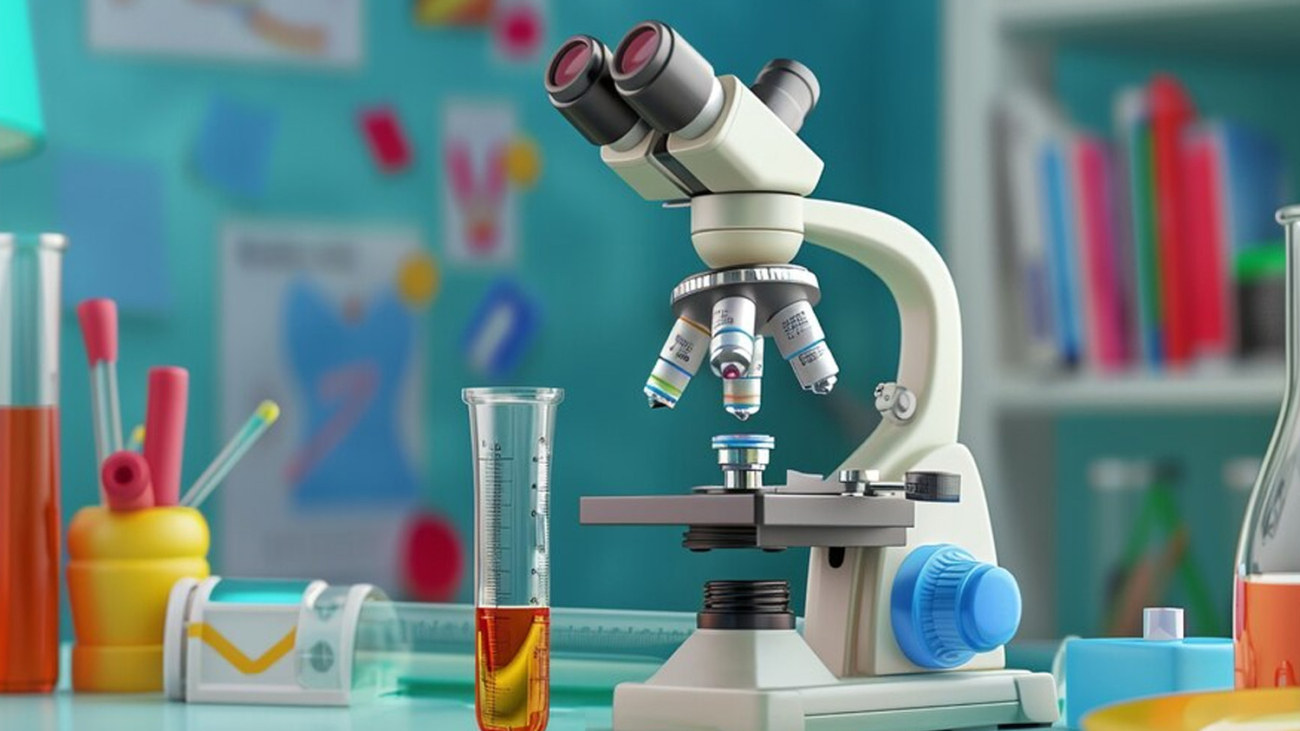So far this year, science has delivered the good stuff. From the most significant leaps in space exploration to innovations in biology and unbelievable success in efforts to save the planet, 2024 has been an enthralling and joyous year. But it has not been a rosy lane because the earth is still grappling with environmental issues. However, these seven stories make us recall the incredible advancements humankind has been making across different fields.
How Did Starship Make History and Bring Us Closer to Space Travel?
One of the most significant accomplishments of the year was made by Elon Musk’s SpaceX. Aerospace first appeared in October when part of the Starship rocket was photographed while landing on the launch pad. One of the solid boosters came back to its launch pad instead of splashing down in the ocean. It was hoisted in a pair of giant mechanical arms or “chopsticks” during its fifth test flight when it was video recorded.
This was a significant milestone in the evolution of the fully and rapidly reusable rocket, a future vision of cost-efficient space transportation. Its engineers dubbed the event a ‘day for the history books’ as the booster came through for the landing. The successful test moves humanity toward putting people on the Moon and possibly building colonies.
What Breakthroughs Were Made in Mapping the Fruit Fly Brain?

This time, in another breakthrough, botanists working with the brain of a fruit fly found something that might redefine human brains. This year, scientists determined the location, morphology, and synaptic connectivity of all 130,000 neurons and 50 million connections in the fly’s brain. The fruit fly can walk and fly, and I will not mention the ability to sing to attract a mate—all with a brain smaller than a pinhead.
They describe this eight-layered brain map of an adult animal as a “huge leap” in neuroscience, as this is the most detailed variety ever constructed. This helped me understand that one of the research leaders said the study would help reveal something new about “the mechanism of thought” or develop an understanding of mind functioning that may open new aspects for advancing medicine and advanced technologies.
How Did a PhD Student Uncover a Lost Mayan City?
In a rather peculiar turn of events, Luke Auld-Thomas, a PhD candidate at Tulane University, was using data from the laser survey conducted by a Mexican environmental organization to map a sugar factory when he discovered the dimensions of a hitherto unknown Mayan city. He revealed an old town that could have housed about 30,000 to 50,000 people during its golden age between 750 and 850 AD.
The city was discovered in Mexico, which had been covered by the jungle, using Lidar technology, a laser survey method to find structures under existing vegetation. Pyramids, sports grounds, and theatres were discovered in it, which was later named Valeriana. The find was among the most important archeological discoveries of the year, shedding light on the ancient people of the Mayan civilization.
Can Conservation Efforts Help Biodiversity?
Yet it is not all doom and gloom—as the WWF puts it, human activity will forever present threats, and species loss is continuing at catastrophic levels. This long-term study reveals that an effective conservation program can considerably decrease the rate of decrease of world biodiversity.
In a synthesis of 665 trials of conservation efforts carried out in various countries and oceans, the researchers identified that two-thirds of the conservation efforts had a positive effect. These conservation actions ranged from the hatching of Chinook salmon to the extermination of some invasive algae, and the study’s authors came up with the findings as a ‘beam of light’ to conservationists, those working hard to protect the endangered species on the planet.
What Made the 2024 Total Solar Eclipse So Special?
A solar eclipse in April 2024 offered millions of observers across North America a fantastic show. Unlike most eclipses, this phenomenon happened over densely populated areas, and tens of millions of people got the rare chance to witness this grand natural event, including people in Dallas, Texas.
A total solar eclipse happens every 18 months somewhere in the world, but the path of totality, wherein the Moon obscures the sun entirely, was much broader in 2024 compared to the successful series in 2017. Men, women, and children in Mexico, the United States, and Canada were glued to the sky in disbelief.
How Did Sycamore Gap's Iconic Tree Find New Life After Tragedy?
The tree, referred to as Sycamore Gap, situated at a gap in Hadrian’s Wall, was felled in 2023, to everyone’s surprise and dismay across Great Britain. Everyone lost the natural symbol, turning it into a tree – people of all ages and statuses grieved for the lost tree.
The habit of using bare seeds and sticks was changed for this in March when sprouts of new life appeared in the branches of the tree, saved from destruction. The new saplings offered the possibility that the Sycamore Gap tree, a symbol of enduring, could be brought back to life. Production of new trees back to the ground provided a glimmer of hope that is in the middle nature can start all over again.
Of course, there are problems, but these heartwarming stories show that science still makes incredible advances, from space to biology and wildlife. With these advancements, the world can look forward to a brighter, sustainable future in 2025.

